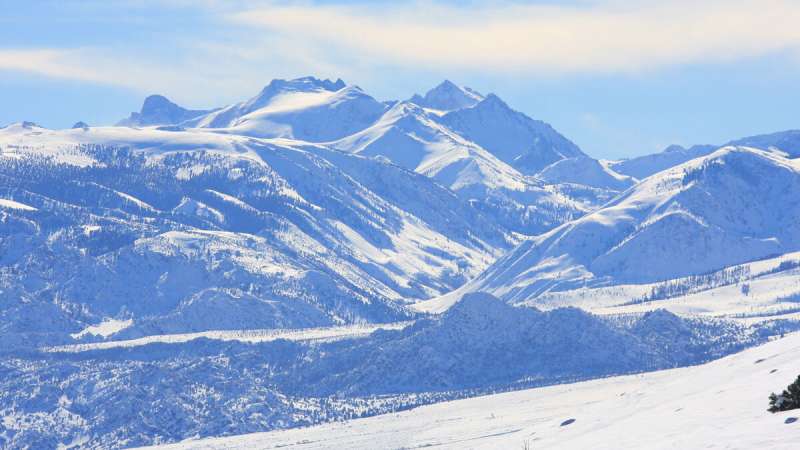Decisions about water use must reflect changing trends in the local hydroclimate

Lots of climate research focuses on averages over large areas—often the globe as a whole—but many decisions related to the environment and water availability are made by local authorities. Zooming in on these regional levels can be difficult. The water cycle is complex to begin with, and climate models often get conflicting results at the regional scale. Further, natural variability is "noisier" when looking so closely at an area, and even strong trends may not show up decisively against the variable backdrop.
In a new study, Marvel et al. focus on hydroclimate trends in seven regions across the continental United States. They examine several drought variables, including precipitation, evaporation, and soil moisture, using Coupled Model Intercomparison Project Phase 6 (CMIP6) models, comparing trends through the end of the 21st century under low- to high-emissions scenarios.
The researchers found notable changes in the water cycle and its seasonal pattern in all regions by the year 2100. For example, simulations predict that many important hydrological peaks will shift to earlier in the year: Western regions will experience earlier peak runoff, for instance, and northern regions will experience earlier peak evaporation. The models also predict that no region will receive less total precipitation—in fact, several will see an increase—but all regions will have drier surface soils.
Even if annual averages do not change, hydroclimate patterns during the year may vary in significant ways. In the northwest region, for instance, total soil moisture is projected to increase. If more winter precipitation falls as rain rather than snow, the water has the chance to permeate and recharge the soil over time, rather than being stored in a snowpack and inundating soil as runoff later in the spring, when soil is already saturated. In central regions, earlier peak rainfall means that long summers dry out the soil with little rain to help soil moisture levels recover.
The researchers predict that if emissions drop to low levels, most of these trends will be barely noticeable amid normal annual variation. However, if emissions continue at current levels or increase throughout the remainder of the century, current methods for managing water will need to adapt to changing climate patterns. Reservoirs will not be able to depend on melting snowpack for replenishment, and farmers will have to change their normal planting schedules to account for drier summers, earlier growing seasons, and earlier peak rainfall. Either way, those living in the continental United States will have to change—either by substantially reducing greenhouse gas emissions or by adapting their way of life to shifting hydroclimate patterns, the authors say.
More information: Kate Marvel et al, Projected Changes to Hydroclimate Seasonality in the Continental United States, Earth's Future (2021). DOI: 10.1029/2021EF002019
Provided by Eos
This story is republished courtesy of Eos, hosted by the American Geophysical Union. Read the original story here.





















